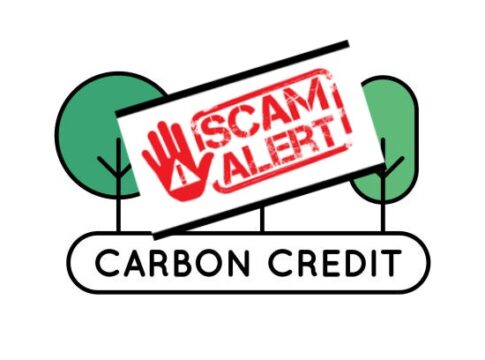Planned Carbon Capture Project Pipeline Almost 1 Billion Tonnes
The Global Carbon Capture, Usage, and Storage (CCUS) project development pipeline is now almost at 1 billion tonnes a year, with over 50 new projects revealed in just Q2 (according to Wood Mackenzie).
CCUS is a term used to describe various methods of capturing the carbon dioxide (CO₂) emitted by burning fossil fuels. A CCUS facility makes the captured carbon available for any intended use.
Woodmac also said that the US Inflation Reduction Act (IRA) will boost CCUS uptake. But more is necessary to meet net zero goals by 2050 – a 7x boost.
The author of the report, Lucy King commented:
“…much more progress is required to meet 2050 greenhouse gas targets. Currently, the CCUS capacity pipeline is close to aligning with Wood Mackenzie’s 1.5-degree pathway to 2030, but it will need to grow seven-fold by 2050 to reach the capacity required for net-zero.”
CCUS Capacity Q2 2022
CCUS capacity refers to the amount of carbon captured by a CCUS facility. The current global CCUS pipeline is 14x the amount currently being captured of 63 million tonnes per year (Mtpa).
The bulk of current CCUS capacity resides in the U.S. and Canada as shown in the chart. But by 2030, capacity in Asia and Europe will be higher as reported by Woodmac.
Currently, North America accounts for over ⅔ (67%) of global CCUS capacity. Much of its carbon capture activities are found in Alberta, the U.S. Gulf Coast, and Midwest.
The energy intelligence firm also reported that North America and Europe continue to emerge as hotspots for CCUS activity.
However, North America’s share of global capacity CCUS projects will go down to around 50% by 2030. This is due to the growing projects across Europe and Asia.
Progress during this quarter was mainly in areas such as licensing and permitting for geological CO₂ storage.
Meanwhile, Norway, Russia, and Australia experienced growth in licensing activity. Whereas the UK launched its first CO₂ storage licensing round, consisting of 13 areas across the North Sea.
Going forward into this decade and the next, China and Southeast Asia will see the largest demand for CCUS.
The biggest challenge, however, is the lack of regulatory and policy implementation for CCUS projects as Woodmac said. The author noted that the rate of CCUS pipeline demand and growth is outpacing the government’s ability to regulate.
Yet, the industry can expect 2022 to be a pivotal year for CCUS projects. Many countries are now making strategies and regulations to support its deployment.
In the US, the 45Q tax credit incentive for carbon sequestration supports the CCUS. And two weeks ago, President Biden signed the IRA into law which will further boost the 45Q tax incentive.
The IRA and CCUS
The energy industry has been pushing hard to decarbonize. The CCUS has become a vital emissions reduction technology that industry players can apply.
According to the report, the IRA will:
“further ramp up the U.S.’ planned CCUS capacity pipeline, which is currently at almost 250 mtpa… It will incentivize smaller-scale capture projects, attract more industries, and promote investment into technologies including direct air capture.”
Here are some key updates that the IRA provides to the 45Q tax credit:
Increased credit values across the board. Full value realized only if requirements are met:
From $50 to $85/tonne for storage in saline geologic formations from carbon capture on industrial and power generation facilities
From $35 to $60/tonne for usage from industrial and power generation carbon capture
From $50 to $180/tonne for storage in saline geologic formations from DAC
From $50 to $130/tonne for usage from DAC
Extended the commence-construction window for qualifying projects. IRA provides a 7 years extension to January 1, 2033. This means that projects must begin physical work by then to qualify for the credit.
Gives a direct payment option for receiving the credit.
Broadens the definition of qualified facilities. Here are the affected facilities.
The IRA marks the largest investment in clean energy in U.S. history. And the Department of Energy believes that it will help position the country to lead the global clean energy market, particularly in the CCUS pipeline.
The post Planned Carbon Capture Project Pipeline Almost 1 Billion Tonnes appeared first on Carbon Credits.



